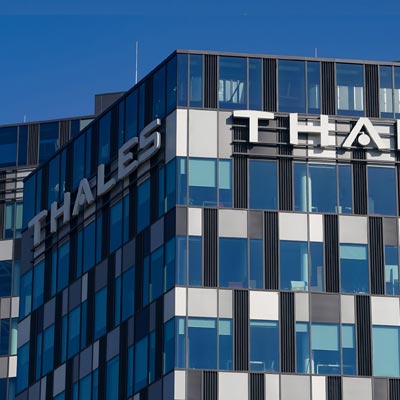First of all, it will be important to keep an eye on the various innovations that Thales is implementing and in particular on the investments that the group is making in research and development in order to remain at the cutting edge of technology.
As of July 2020, the Thales Group's shareholding structure is 25.68% owned by the French State. The Dassault Aviation group is the second largest shareholder of this company with 24.62% of the shares. The next largest shareholder is Dassault Aviation, which holds 0.31% of the company's shares in treasury stock. We also note that the group's employees hold 2.87% of the capital and that the rest, i.e. 46.52% of the shares are floating, i.e. traded on the stock market.










